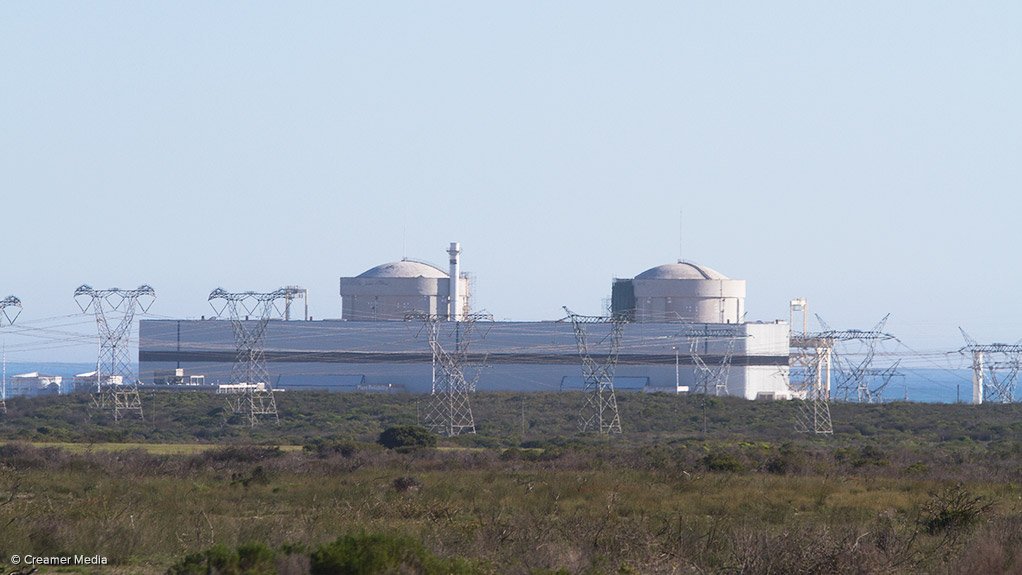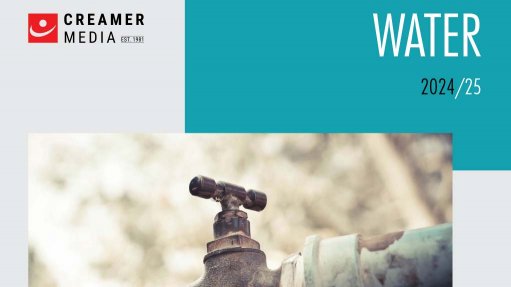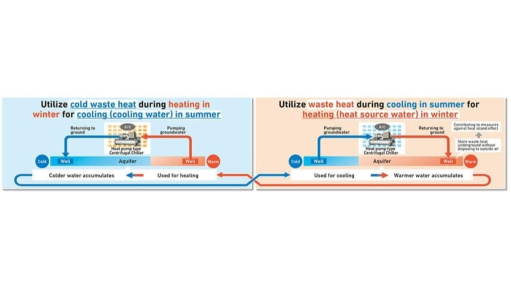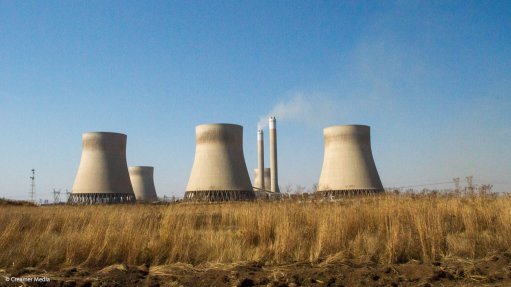Eskom, regulator say cracks in Koeberg containment structures not serious
The National Nuclear Regulator (NNR) has assured the public that the Koeberg nuclear power station, in Cape Town, is not discharging harmful radiation into the environment.
The NNR was responding to media coverage suggesting that the outer shell of the containment building at the power station were damaged and were not effectively protecting the environment from radiation.
The regulator explained that it had observed concrete cracking and delineation on the outer surface of the containment structures, but said the buildings nonetheless comply with safety regulations.
Additionally, State-owned power utility Eskom has confirmed that the civil structures at Koeberg were exposed to the risk of corrosion, since it is located in a corrosive environment.
“Ongoing testing on the Koeberg containment buildings, which house the reactor and associated nuclear components, have proven the structures to be capable of withstanding the most severe accident. This containment programme has been managed closely since [the plant was built],” the utility says.
Eskom on a quarterly and annual basis conducts measurements to identify any abnormalities at the plant, such as expansions or settling, as well as visual inspections to identify physical degradation, such as cracks, spalling and efflorescence.
The utility also performs integrated leak rate tests on a ten-yearly basis, which have shown consistently that the design functions of the containment buildings are being met.
These tests represent the worst case accident scenario and prove the containment buildings to be capable of withstanding the most severe accident.
Eskom explains that the main concern to the long-term system health of the containment buildings is the deterioration of the externally exposed concrete surfaces owing to chloride ingress that causes reinforcement corrosion and the potential effect on the pre-stressing tendons.
Concrete repairs have been implemented to reinstate areas of the external façades where spalling and delamination occurred owing to reinforcement corrosion.
A long-term solution to prevent rebar and tendon corrosion owing to chloride ingress is the implementation of an induced cathodic protection system.
Eskom confirms that this is being implemented – as previously recommended by a team of international civil engineering experts.
Comments
Press Office
Announcements
What's On
Subscribe to improve your user experience...
Option 1 (equivalent of R125 a month):
Receive a weekly copy of Creamer Media's Engineering News & Mining Weekly magazine
(print copy for those in South Africa and e-magazine for those outside of South Africa)
Receive daily email newsletters
Access to full search results
Access archive of magazine back copies
Access to Projects in Progress
Access to ONE Research Report of your choice in PDF format
Option 2 (equivalent of R375 a month):
All benefits from Option 1
PLUS
Access to Creamer Media's Research Channel Africa for ALL Research Reports, in PDF format, on various industrial and mining sectors
including Electricity; Water; Energy Transition; Hydrogen; Roads, Rail and Ports; Coal; Gold; Platinum; Battery Metals; etc.
Already a subscriber?
Forgotten your password?
Receive weekly copy of Creamer Media's Engineering News & Mining Weekly magazine (print copy for those in South Africa and e-magazine for those outside of South Africa)
➕
Recieve daily email newsletters
➕
Access to full search results
➕
Access archive of magazine back copies
➕
Access to Projects in Progress
➕
Access to ONE Research Report of your choice in PDF format
RESEARCH CHANNEL AFRICA
R4500 (equivalent of R375 a month)
SUBSCRIBEAll benefits from Option 1
➕
Access to Creamer Media's Research Channel Africa for ALL Research Reports on various industrial and mining sectors, in PDF format, including on:
Electricity
➕
Water
➕
Energy Transition
➕
Hydrogen
➕
Roads, Rail and Ports
➕
Coal
➕
Gold
➕
Platinum
➕
Battery Metals
➕
etc.
Receive all benefits from Option 1 or Option 2 delivered to numerous people at your company
➕
Multiple User names and Passwords for simultaneous log-ins
➕
Intranet integration access to all in your organisation





















